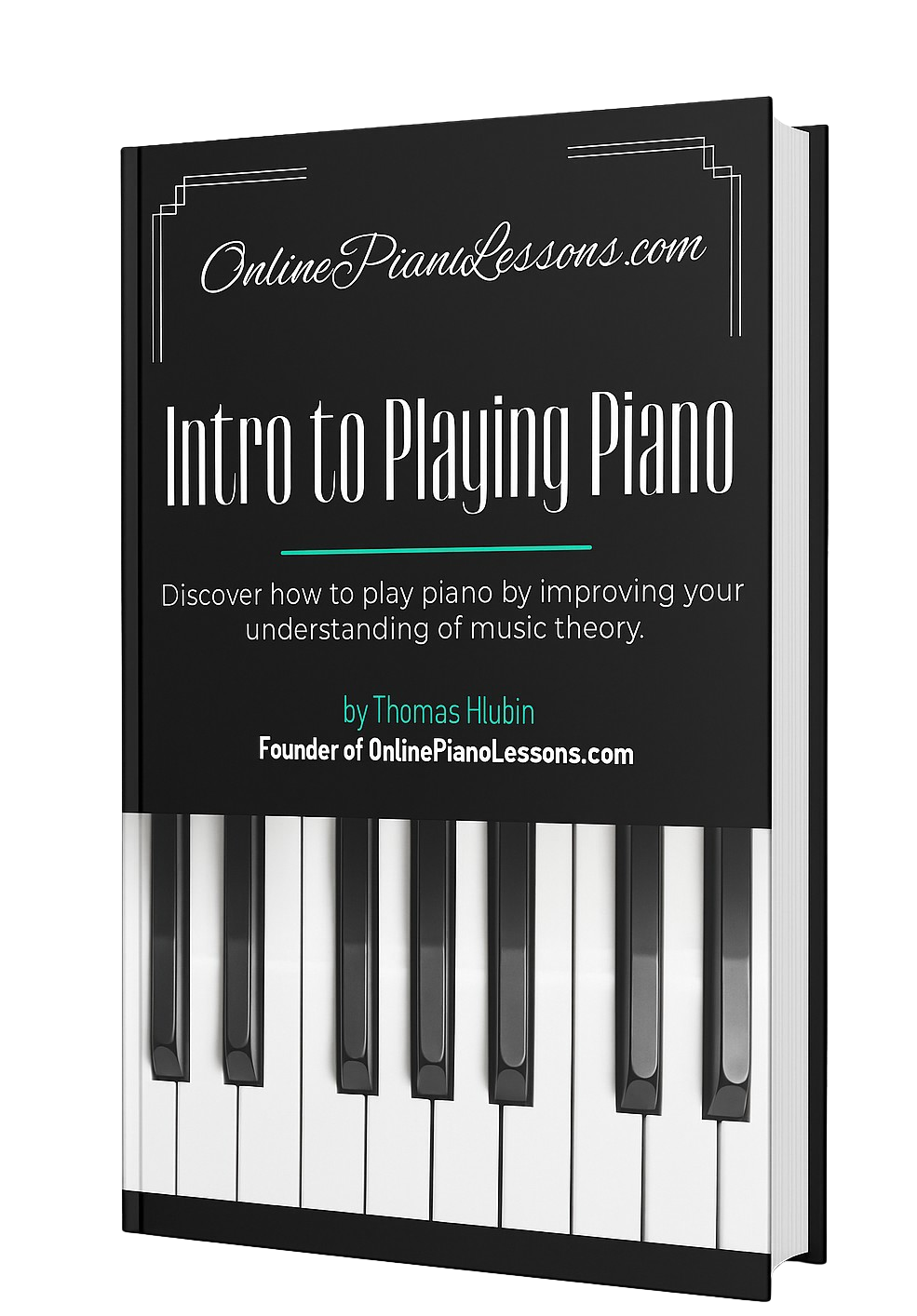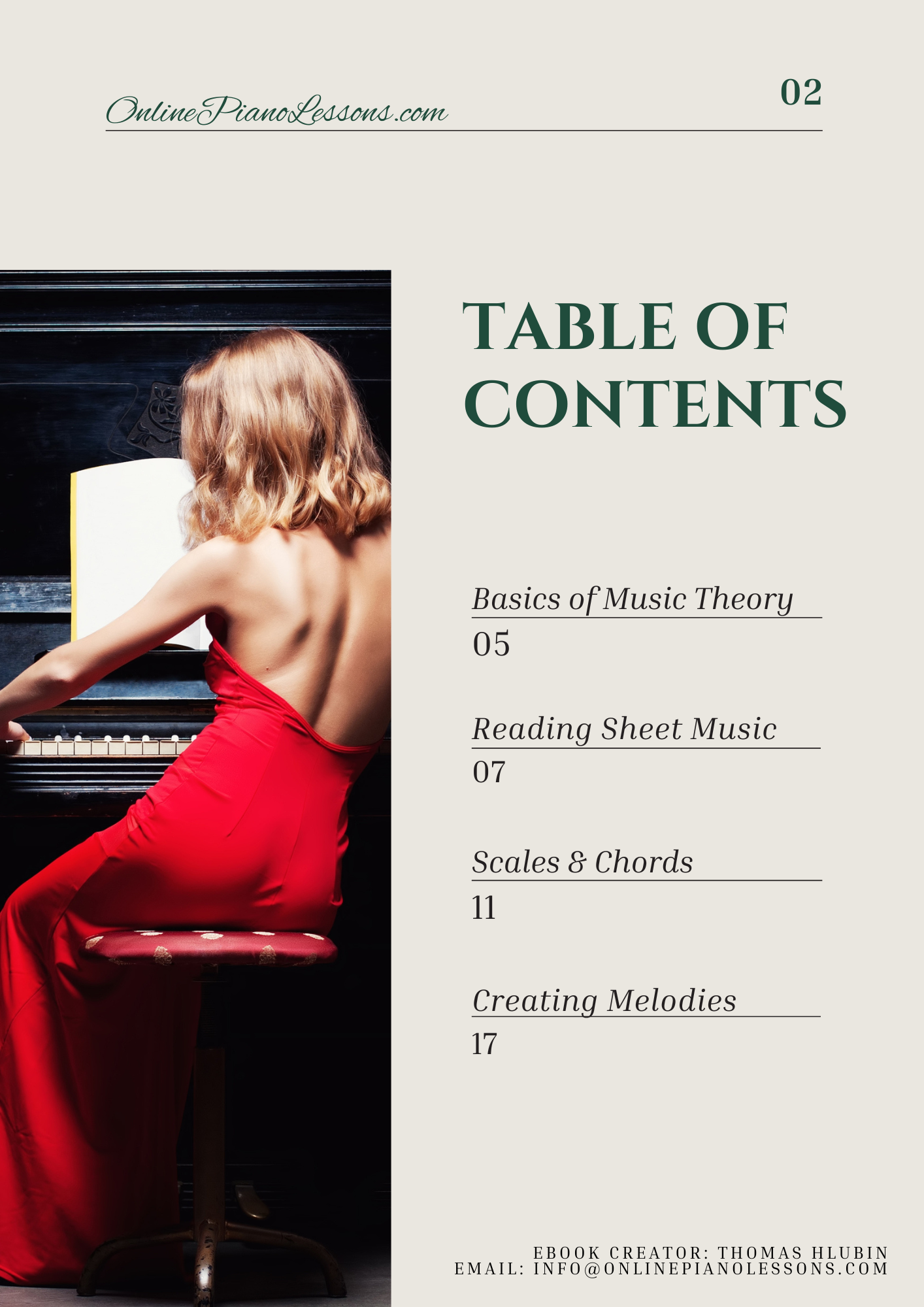Articulation is what turns plain notes into expressive speech on the keyboard. This guide explains articulation from a music theory perspective and gives practical strategies for playing piano with clarity, intention, and emotional power.
Quick Preview: Articulation is the how of note delivery — staccato, legato, accents, and more — and mastering articulation improves your phrasing, style, and overall playing piano ability. Read on for explanations, exercises, and real-world practice tips rooted in music theory and technique.
What is Articulation in Music Theory?
In music theory, articulation refers to the way individual notes or groups of notes are begun, sustained, and released. Articulation in music theory describes the “attack” and “release” of sounds, and the subtle differences that turn the same notes into different musical meanings. Whether a phrase is sung, bowed, or keyed, articulation tells listeners whether the passage is gentle, detached, accented, or connected.
On the piano, articulation is especially important because the instrument cannot sustain sound indefinitely without pedal; the player must shape the music through touch, timing, and pedaling. Good playing piano relies on understanding articulation in music theory so you can use it intentionally to shape phrases and communicate musical ideas.
Key Articulation Types on the Piano
Here are the basic articulation types every pianist should know — practical terms you’ll encounter in music theory markings and scores when playing piano:
- Legato — notes are connected smoothly; finger legato and careful pedaling create a singing line. In music theory, legato indicates continuity in phrasing and is crucial to expressive playing piano.
- Staccato — short, separated notes. Staccato reduces note duration and adds rhythmic clarity; it’s a core articulation for crisp playing piano.
- Portato (mezzo-staccato) — slightly detached, but less short than staccato. Portato is a nuanced articulation often notated with dots and slurs. In music theory it sits between legato and staccato.
- Accents — stress on a note (>) to bring focus. Accents shape phrase contour and rhythmic drive in playing piano.
- Tenuto — hold slightly longer or with a touch of emphasis; tenuto can also indicate a slight separation depending on context in music theory.
- Marcato — marked and emphatic, stronger than a simple accent; in playing piano it demands weight and clarity.
- Legatissimo / finger legato — an even closer legato where fingers maintain connection seamlessly; essential in playing piano when pedal alone won’t suffice.
Each of these articulations is a tool in music theory vocabulary and a practical technique for playing piano expressively.
How Articulation Works Mechanically on the Piano
On many instruments articulation involves bows, breath, or embouchure; on the piano, articulation is about touch and timing. Mechanics include:
- Attack — how the hammer strikes the string. A faster, stronger attack produces a brighter sound suitable for accents and marcato; a softer attack supports legato and lyrical lines for better playing piano tone.
- Release — how quickly you lift the key after striking. A quick release yields staccato; a delayed release (or careful pedal) yields legato. Understanding release mechanics is critical to applying music theory knowledge to playing piano.
- Finger and wrist coordination — combining finger action with subtle wrist motion shapes articulation. Strong finger control with relaxed wrist produces clean staccato and controlled legato for better playing piano.
- Pedal interaction — the damper and una corda pedals extend or color sound; using pedal correctly helps bridge gaps in legato or clarify articulation in rapid passages as taught in music theory.
Articulation on the piano is a marriage of mechanical control and musical intent — the bridge between music theory markings and playing piano in practice.
Why Articulation Matters for Musical Style and Interpretation
Articulation is a primary driver of style. Baroque phrasing uses detached articulation and clear rhythmic emphasis; Romantic music demands long legato lines and rubato; jazz needs swung and accented touches. Knowing how articulation functions in music theory helps you apply historically informed playing piano choices.
For example, a staccato passage in Classical-era music might be lighter and shorter than the same marking in a Romantic work. Understanding these differences (a music theory awareness) lets you make articulate stylistic choices when playing piano.
Practical Exercises to Improve Articulation
Here are effective drills that translate music theory concepts into better playing piano articulation.
-
Single-note staccato control
-
Choose a comfortable tempo on the metronome. Play repeated single notes with short, consistent staccato. Focus on releasing quickly while keeping wrist relaxed. This builds the micro-control required for clean staccato in ensemble playing piano situations.
-
-
Legato finger pairing
-
Play scales hands separately but connect each note using finger legato (hold down the next finger before releasing the previous one). This trains physical legato when pedal can’t do all the work — essential for advanced playing piano and referenced in music theory discussions of phrasing.
-
-
Accent placement drill
-
In a simple 4/4 scale or arpeggio, accent different beats (1, 2, 3, 4) to practice projecting single notes within a line. This helps you shape phrases musically when playing piano and aligns with music theory ideas about meter and stress.
-
-
Portato variations
-
Play a slurred group with slight detachments, alternating between true legato, portato, and articulated staccato. This helps internalize nuance for expressive playing piano.
-
-
Pedal-legato coordination
-
Practice a melody where you must use pedal to connect notes that can’t be fingered legato. Experiment with half-pedal and precise timing to reduce blurring. This is a core skill for classical playing piano articulation and complements music theory knowledge of phrasing.
-
Regular repetition of these drills — even in short daily sessions — will yield marked improvement in how you shape notes when playing piano.
Applying Articulation to Repertoire: Step-by-step
- Score study (music theory first): Identify articulation markings and phrasing slurs. Ask what the composer expects in terms of touch and style.
- Isolate phrases: Practice one phrase slowly with the indicated articulation. If the music shows staccato with legato slurs, practice alternating to get the contrast right.
- Adjust dynamics: Combine articulation with dynamics — a staccato sfz differs from a light staccato. This integrates music theory symbols into practical playing piano choices.
- Use recording: Record yourself to confirm whether articulations are audible and effective. Listening builds objective awareness for better playing piano.
- Contextualize: Play the phrase within the larger piece and adjust articulation so it supports the overall musical line. Music theory concepts about harmonic motion and phrase structure guide these choices.
Approaching pieces with an articulated plan turns markings into meaningful musical decisions for superior playing piano.
Common Articulation Mistakes and Fixes
- Blurred legato (fix): Reduce pedal use, work finger legato, and slow practice. Awareness from music theory about phrase boundaries helps here when playing piano.
- Heavy staccato (fix): Loosen wrist, use fingertip rebound, and practice short durations. Remember articulation is about duration and touch in music theory and playing piano.
- Lost accents (fix): Isolate the accent and practice with slow tempo, ensuring the attack is clear but not loud to the point of distortion.
- Inconsistent release (fix): Practice slow release patterns. Use a metronome and count to make releases uniform — a procedural application of music theory into playing piano mechanics.
Advanced Articulation Topics
- Voicing articulation: Emphasizing inner voices while holding accompaniment; necessary for chamber music and solo repertoire. This is an advanced music theory and technique concept for refined playing piano.
- Articulation across hands: Creating uniform articulation when both hands share a melody requires cross-hand coordination and micro-adjustments in attack and release.
- Genre-specific articulations: Jazz comping needs bite and rhythmic sizzle; Baroque demands clear detachments — applying music theory historically refines your playing piano choices.
Sample 4-week Mini-plan to Improve Articulation
Week 1: Daily 10-minute staccato and legato drills; record once.
Week 2: Add portato and accents drills; apply to one short piece.
Week 3: Pedal-legato coordination and voicing articulation exercises.
Week 4: Mock performance of repertoire focusing on articulation and recording for review.
Consistent practice aligned with music theory understanding will make your playing piano more communicative and polished.
Conclusion
Articulation is where technique meets conversation — the way you make music say something. By combining music theory awareness with targeted touch practice, you’ll find that playing piano becomes not just accurate, but expressive and communicative.
FAQ — Articulation, Music Theory & Playing Piano
Q: What is articulation in music theory?
A: In music theory, articulation defines how notes are produced and connected — attacks, durations, and releases — which informs expressive playing piano.
Q: How do I practice legato and staccato effectively on the piano?
A: Use finger-legato drills for legato and controlled wrist/finger rebound drills for staccato. Combine with slow metronome practice and short daily sessions for better playing piano articulation.
Q: Does the damper pedal replace finger legato?
A: Pedal can help, but good playing piano legato often relies on finger technique. Music theory suggests using pedal only where fingerings can’t achieve connection.
Q: How does articulation affect musical style?
A: Articulation is a central stylistic element; different articulations produce Baroque, Classical, Romantic, or Jazz feels. Knowledge of music theory helps you choose appropriate articulations for authentic playing piano.
Q: How long will it take to improve my articulation?
A: With focused daily practice (10–30 minutes), most players see improvement in weeks. Integrating music theory concepts speeds the process and leads to better playing piano results.




 Hi, I'm Thomas, Pianist Composer,
Hi, I'm Thomas, Pianist Composer,  I love playing piano, creating new melodies and songs, and further developing my online piano course and making updates/additions to my site OnlinePianoLessons.com!
I love playing piano, creating new melodies and songs, and further developing my online piano course and making updates/additions to my site OnlinePianoLessons.com!  Now that is what I call fun!
Now that is what I call fun!
